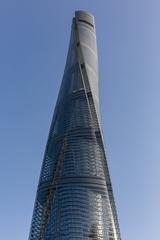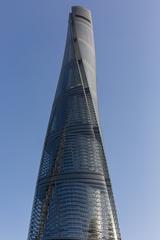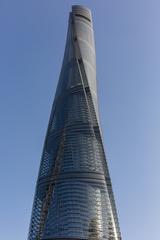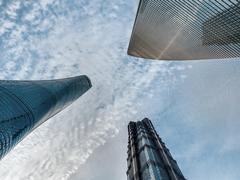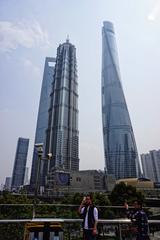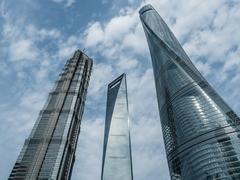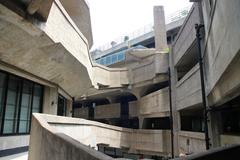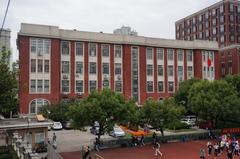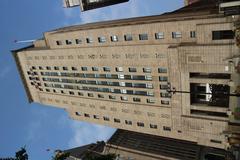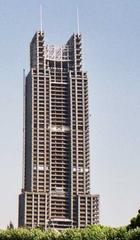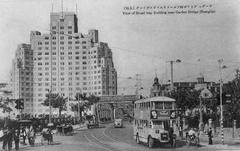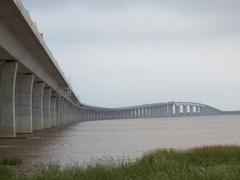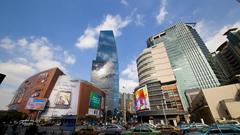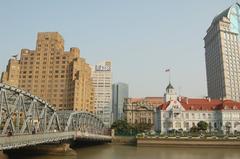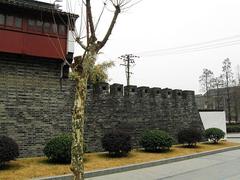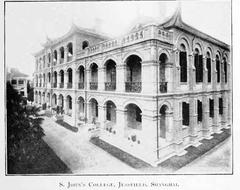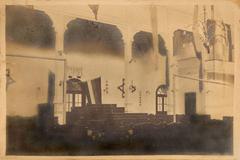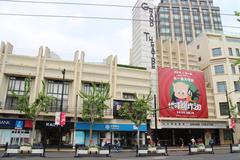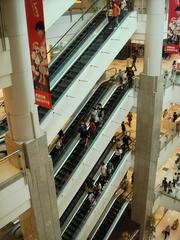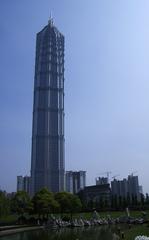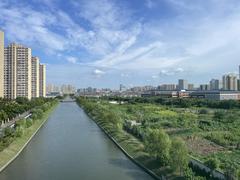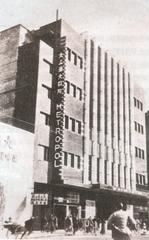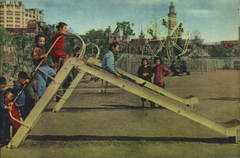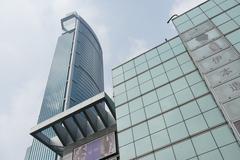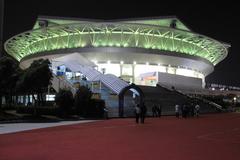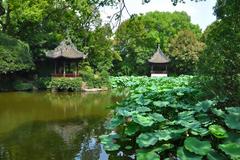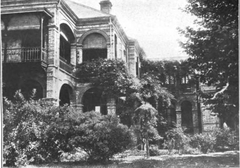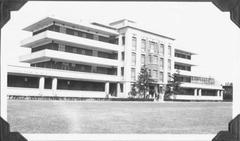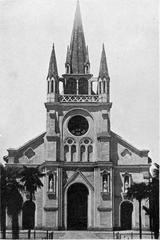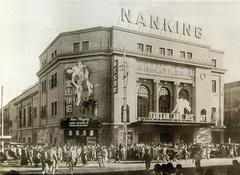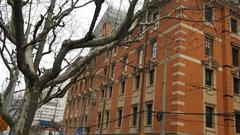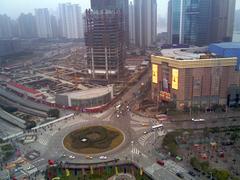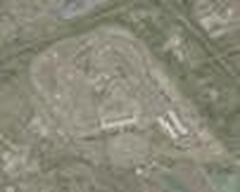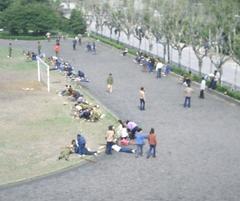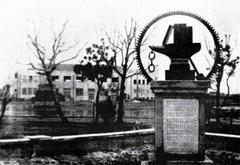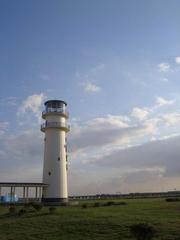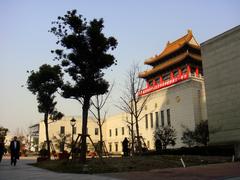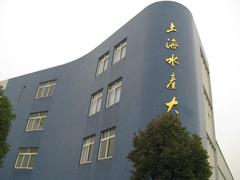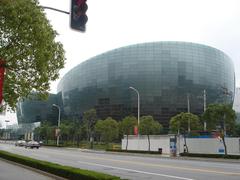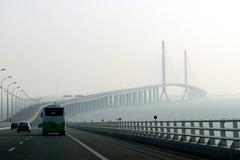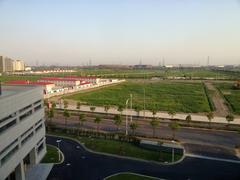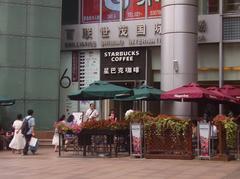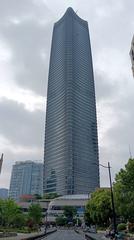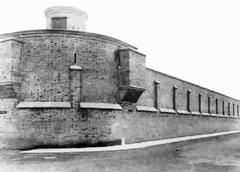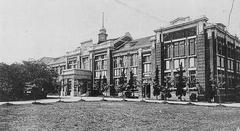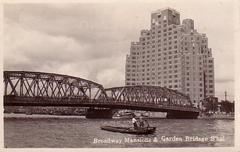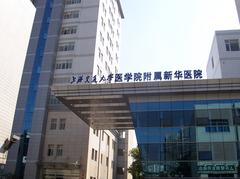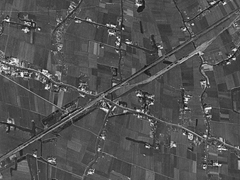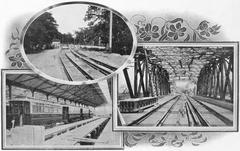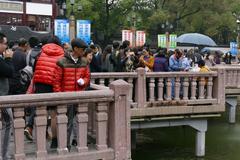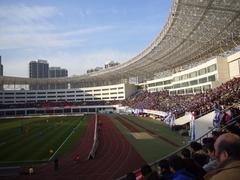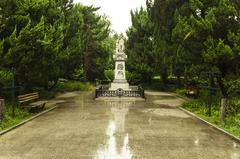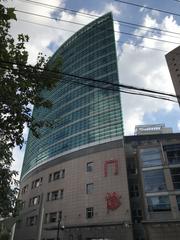
Comprehensive Guide to Visiting Renmin Road Tunnel, Shanghai, People’s Republic of China
Date: 19/07/2024
Introduction
The Renmin Road Tunnel, also known as the People’s Road Tunnel, is an extraordinary feat of engineering and a vital piece of Shanghai’s infrastructure. Connecting the bustling districts of Puxi and Pudong beneath the Huangpu River, this underwater tunnel has played a significant role in the city’s urban development and modernization efforts. Conceived in the early 20th century and officially opened to traffic in 1971, the Renmin Road Tunnel symbolizes Shanghai’s resilience and ingenuity, providing a crucial transportation link that has facilitated the movement of people and goods for decades. (Shanghai Municipal Government)
In this comprehensive guide, we will explore the rich history of the Renmin Road Tunnel, from its early planning and construction to its technological advancements and cultural significance. Additionally, we will provide essential visitor information, including visiting hours, ticket prices, and travel tips, to ensure an enriching experience for those looking to explore this engineering marvel. Whether you are a history enthusiast, an engineering aficionado, or simply a curious traveler, the Renmin Road Tunnel offers a unique glimpse into Shanghai’s past and present. (China Daily)
Table of Contents
- Introduction
- History of the Renmin Road Tunnel
- Visitor Information
- Current Role and Future Prospects
- FAQ
- Conclusion
- References
History of the Renmin Road Tunnel
Early Planning and Conception
The idea for the Renmin Road Tunnel was conceived in the early 20th century as part of Shanghai’s broader urban development plans. The need for a tunnel arose from the rapid growth of the city and the increasing traffic congestion on the Huangpu River, which bisects Shanghai into the Puxi (west) and Pudong (east) districts.
Construction Phase
The construction of the Renmin Road Tunnel began in the late 1960s, a period marked by significant infrastructural developments in China. Engineers overcame challenges such as water pressure and soil stability to build the tunnel under the Huangpu River.
Opening and Early Years
The Renmin Road Tunnel was officially opened to traffic in 1971. It quickly became a vital transportation link, facilitating the movement of people and goods between Puxi and Pudong. In its early years, the tunnel primarily served vehicular traffic, including cars, buses, and trucks.
Technological Advancements and Upgrades
Over the decades, the Renmin Road Tunnel has undergone several upgrades and renovations. In the 1990s, modern ventilation and lighting systems were installed to improve safety and efficiency. Recently, advanced monitoring and control systems have been integrated to enhance traffic management and safety.
Cultural and Historical Significance
The Renmin Road Tunnel holds a special place in Shanghai’s history and culture. It is a symbol of the city’s resilience and ingenuity. The tunnel’s construction marked a significant milestone in Shanghai’s urban development and showcased the capabilities of Chinese engineers and workers.
Visitor Information
Visiting Hours and Tickets
The Renmin Road Tunnel is open to vehicular traffic 24 hours a day. Pedestrian access is not permitted. There are no ticket fees for using the tunnel, but standard tolls for vehicles may apply.
Nearby Attractions
Visitors to the Renmin Road Tunnel can explore nearby attractions such as the Bund, the Shanghai Tower, and Yu Garden. These sites offer a glimpse into Shanghai’s rich cultural heritage and modern advancements.
Accessibility and Travel Tips
The tunnel is accessible by car, taxi, and public transportation. Drivers should be aware of peak traffic hours to avoid congestion. For the best experience, consider visiting the tunnel during off-peak times.
Special Events and Guided Tours
While there are no regular guided tours of the Renmin Road Tunnel, special events and exhibitions related to Shanghai’s infrastructure and history occasionally feature the tunnel. Check local listings for upcoming events.
Photographic Spots
For photography enthusiasts, the areas around the tunnel’s entrances offer excellent photo opportunities. Capture the juxtaposition of old and new Shanghai with the city’s skyline in the background.
Current Role and Future Prospects
Today, the Renmin Road Tunnel continues to play a vital role in Shanghai’s transportation network. It remains a key route for commuters and freight traffic, contributing to the city’s economic vitality. Future upgrades and enhancements are likely to focus on sustainability and resilience.
FAQ
- What are the visiting hours for the Renmin Road Tunnel? The tunnel is open to vehicular traffic 24 hours a day.
- Are there any ticket fees for using the tunnel? There are no ticket fees, but standard tolls for vehicles may apply.
- Can pedestrians access the Renmin Road Tunnel? No, pedestrian access is not permitted.
- What are some nearby attractions to visit? Nearby attractions include the Bund, the Shanghai Tower, and Yu Garden.
- Are there guided tours available for the tunnel? Regular guided tours are not available, but special events and exhibitions occasionally feature the tunnel.
Conclusion
The Renmin Road Tunnel is more than just a transportation link; it is a testament to Shanghai’s growth and resilience. As you explore this engineering marvel, take the time to appreciate its historical significance and its role in shaping modern Shanghai. For more updates and travel tips, follow us on social media or download our mobile app Audiala.
References
- Shanghai Municipal Government. (2024). Renmin Road Tunnel. Retrieved from Shanghai Government
- China Daily. (2023). The Evolution of Shanghai’s Infrastructure. Retrieved from China Daily
- Engineering News-Record. (2022). Innovations in Tunnel Construction. Retrieved from ENR


